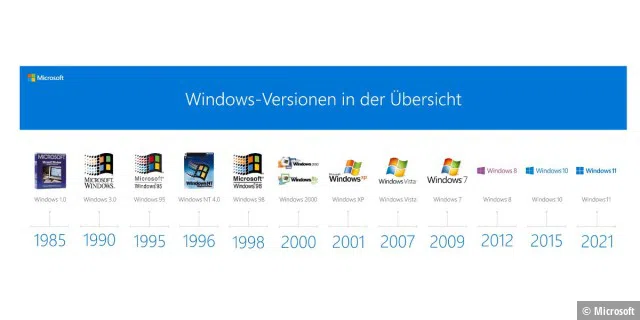
Let’s take a look back at the history of the most widely used operating system. Why? Because Windows is full of surprises. When Bill Gates showed off the beta version of Windows 98, he encountered a blue screen error. Windows 10 users fared a little better in the fall of 2018 with the Windows Fall Creators Update version 1809. At least it was a journey.

On November 21, 1985, Microsoft officially introduced Windows 1.0 (which also included an Easter egg featuring the names of Windows team developers and employees). The day before, on November 20, 1985, Microsoft announced the retail delivery of the version: “BELLEVUE, WASHINGTON—November 20, 1985—Microsoft Corporation today announced the retail delivery of the Microsoft Windows operating system environment to dealers and distributors.”

Microsoft Campus In 1986, the rapidly growing company moved to its new headquarters in Redmond, Washington. This photo shows the Microsoft campus after several expansions and upgrades. Today, more than 30,000 employees work at the 750,000-square-foot campus.
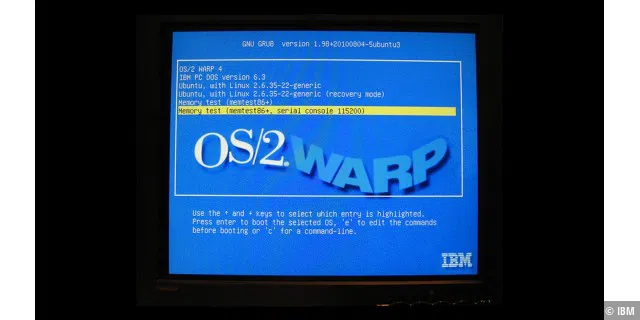
Microsoft developed the OS/2 operating system for IBM, which was released almost simultaneously with Windows 2.0. Although the two operating systems competed with each other, Microsoft profited from both products. Microsoft ended its partnership with IBM in 1991, but despite further development, OS/2 ultimately failed to surpass Windows.
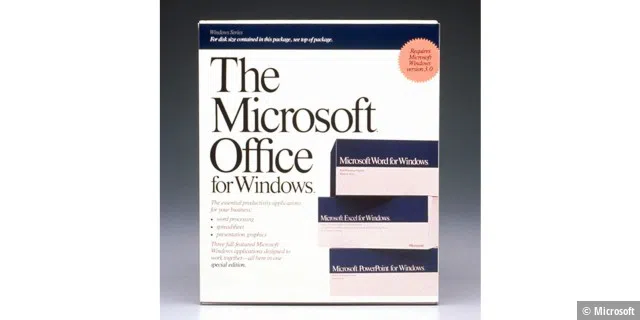
Microsoft Office version 1.0 was launched in 1989. This suite included Word 4.0, Excel 2.2, PowerPoint 2.01 and Microsoft Mail 1.37. To this day, Microsoft Office remains one of the Redmond-based company's most successful and best-selling products.
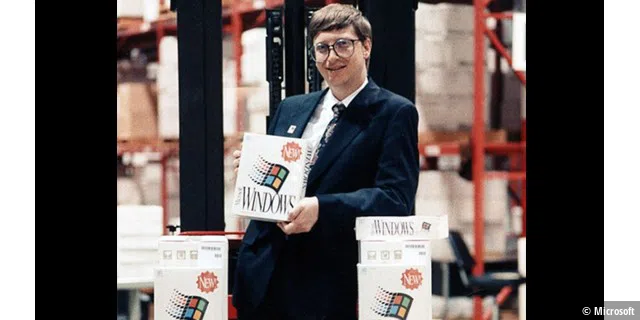
Bill Gates, still a nerd, introduces Windows 3.0. The operating system was released in 1990, sold well, and now dominates home computers. For the first time, it included games like Minesweeper, Solitaire, and Hearts.
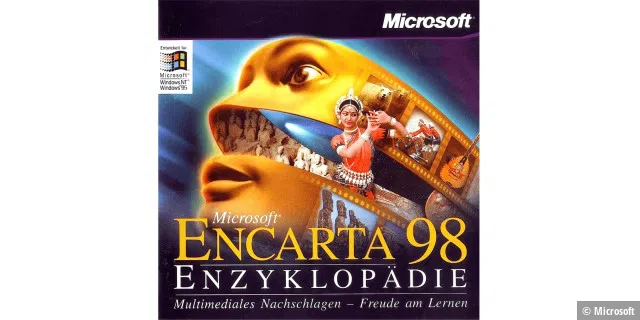
The first version of Microsoft Encarta was released in 1993. The encyclopedia, originally developed under the code name "Gandalf," was released with a new edition every year. The image shows the 1998 edition, which also supported updates over the Internet. Microsoft discontinued all Encarta services in 2009.

More power, more freedom, more fun…More power, more freedom, more fun… The release of this operating system was accompanied by the largest advertising campaign Microsoft had ever launched up to that point. The campaign was a huge success, with Windows 95 selling over seven million copies in its first few weeks. This was also because Microsoft recognized the signs of the times: Internet support for the first time and plug-and-play functionality.
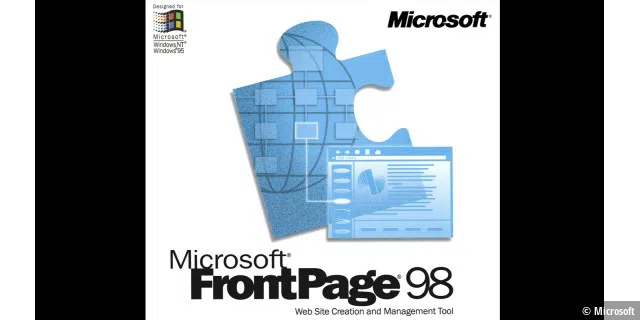
In 1996, Microsoft acquired Vermeer Technologies along with the HTML editor FrontPage 1.0 for $133 million. Shortly thereafter, the program was distributed by Microsoft in version 1.1 and continued to be developed over the following years, and was added to the Office suite. Since the release of Office 2007, FrontPage is no longer part of the package and has been replaced by Microsoft Expression Web.
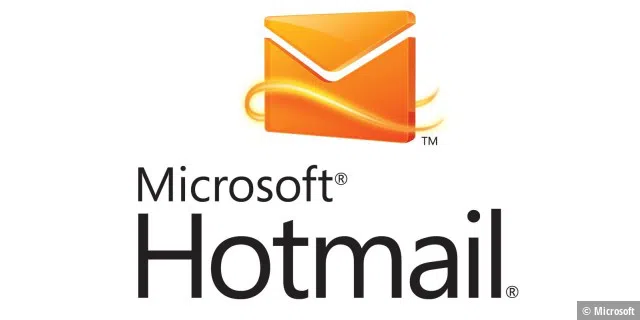
Strategic Acquisitions Continue In 1997, Microsoft spent $400 million to acquire the email service Hotmail; at the time of the acquisition, the online email provider had twelve million users. After the acquisition, the service was repeatedly attacked by hackers due to numerous security vulnerabilities. Hotmail was completely replaced by Outlook.com in mid-2012.
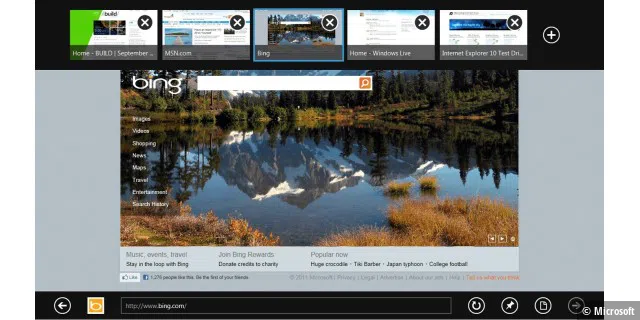
Microsoft started the browser wars in 1995. Internet Explorer would take market share from Netscape Navigator, which had already been very successful. The strategy worked, in part, because Microsoft quickly popularized its browser by bundling it with Windows. Netscape lost the battle and was acquired by AOL in 1998. As a result, Internet Explorer was derided as "The Internet Killer." Image shows version 10.
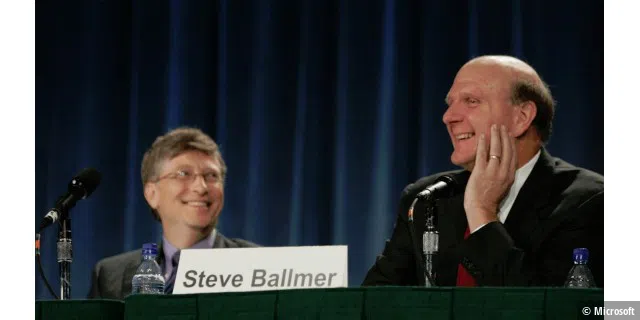
Steve Ballmer became the new boss of Microsoft. In 2000, Bill Gates appointed Steve Ballmer (pictured right), who had been the company's chairman since 1998, as the new CEO. The hot-tempered Ballmer constantly attracted attention with his eccentric appearance, earning him the nickname "Monkey Boy".
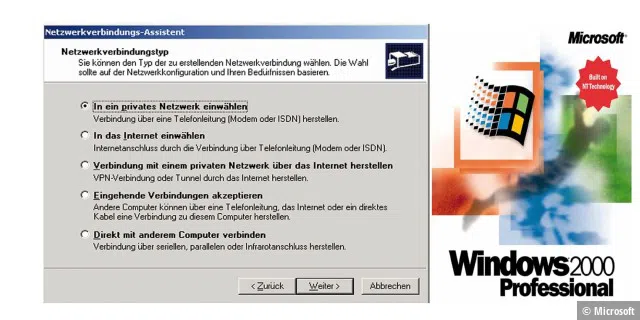
Back in 1993, Microsoft introduced Windows NT, an operating system designed to meet the business computing needs of companies. The Windows 2000 Professional operating system provided companies with a standardized IT platform. Based on the source code of Windows NT Workstation 4.0, Windows 2000 offered increased reliability and improved usability.
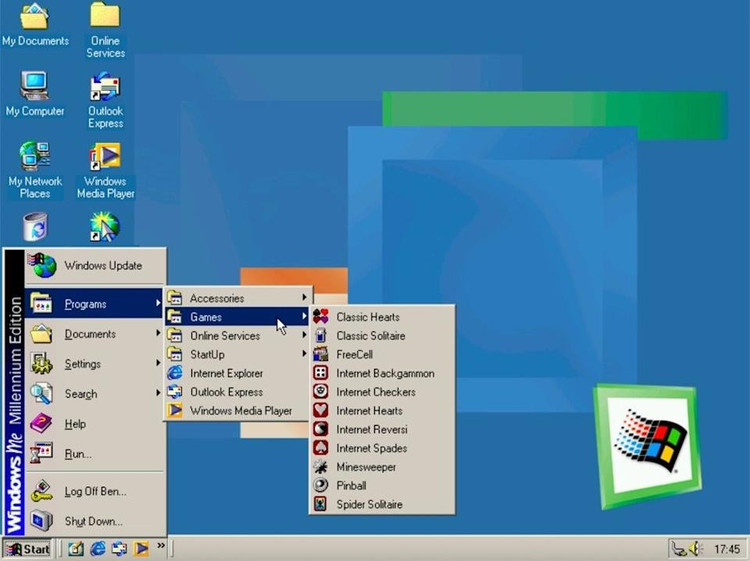
Windows Me, released in 2000, was the first version to introduce system restore, a feature that resets a PC's software configuration to a point before a crash. Movie Maker provided users with tools to edit, save, and share digital home videos . Despite being a "Millennium" recap, few people needed it.
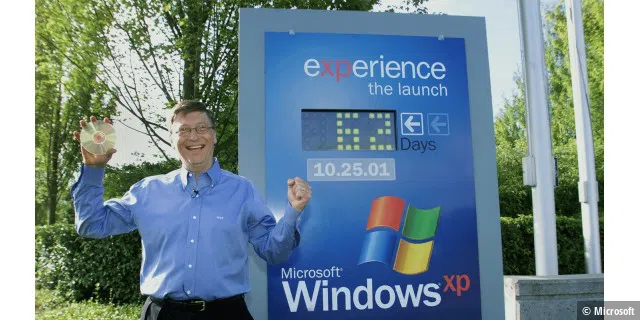
In 2001, Bill Gates eagerly awaited the release of the new Windows XP, which was scheduled to go on sale later that year. Microsoft was now undeniably dominating the home computer operating system market. Windows XP, like its predecessors, was criticized for once again containing the kind of programs that could not be uninstalled and that had previously been distributed by other vendors.
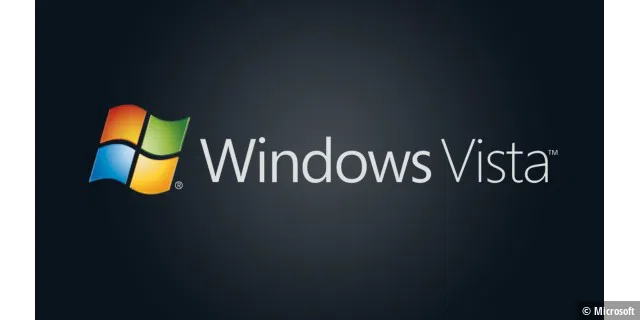
Windows Vista hit stores in 2007. With a new Aero user interface, new search functionality, Flip 3D view, and the first addition of parental controls, Vista brought many new features. In 2006, the European Union threatened to stop Microsoft from selling the operating system if EU demands (such as the disclosure of communications interfaces) were not met.
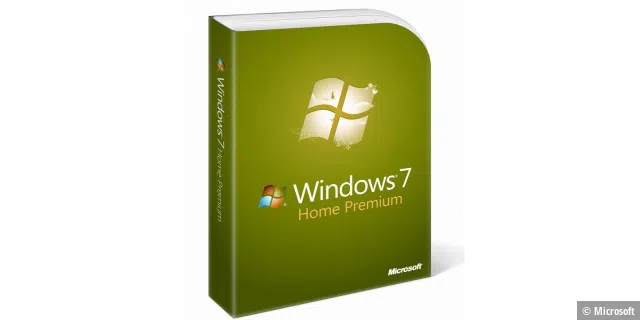
Windows 7 was released just two years after Vista. It introduced new options for working with Windows, such as docking or peek and shake, along with an improved user interface and taskbar. With Windows Touch, touchscreen computers were also supported for the first time.
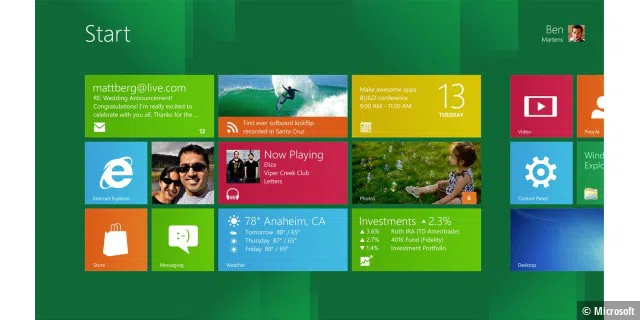
In a battle for mobile market share with Apple and Google, Microsoft is focusing on its new "Metro" user interface. This typography-based "tile" design is expected to please PC, smartphone and tablet users alike. However, it has received mixed reviews. Microsoft has since renamed the design to "Modern UI".

Bill Gates, still a nerd, introduces Windows 3.0. The operating system, released in 1990, sold well and now dominates home computers. For the first time, it includes games like Minesweeper, Solitaire, and Hearts.

2012 saw the launch of the "Surface", Microsoft's first tablet. The device, which was manufactured entirely in-house, received mixed reviews for its powerful processing power and high build quality, but was also heavy and had short battery life. The third generation of the tablet is now on the market.
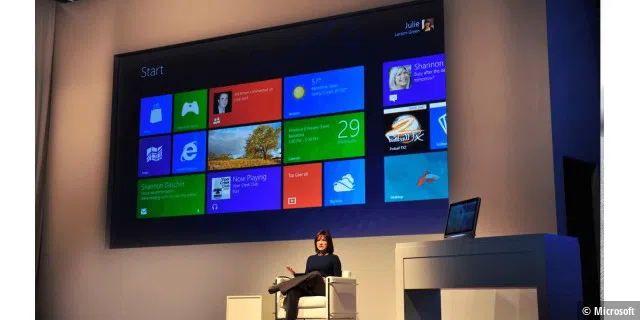
In 2012, Microsoft Corporate Vice President Julie Larson-Green introduced the new Windows 8. This operating system includes both the modern Windows 8 (formerly "Metro") user interface for touchscreen PCs and the classic desktop interface. With Windows RT for tablets and Windows Phone 8 for smartphones, Microsoft is providing a standardized design for all devices.

The Redmond-based software pioneer's logo has changed several times in its nearly 40-year history. After 25 years with the same logo, a square-shaped icon was added for the first time in 2012, highlighting the company's efforts to standardize its products.

The Xbox One, the third generation of Microsoft's successful gaming console, went on sale in 2013. The device competes with Sony's high-performance PlayStation 4, and its add-on "Kinect" module allows players to control the console with body movements or voice commands. Three million Xbox Ones would be sold worldwide by the end of 2013.
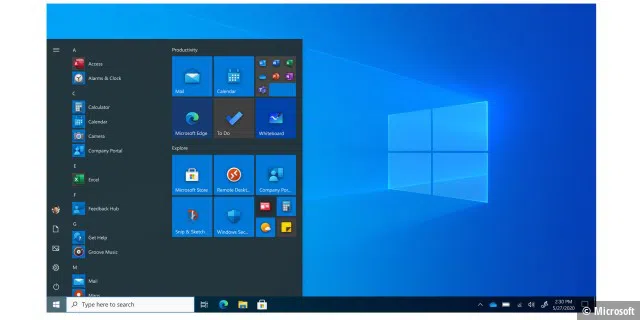
On July 29, 2015, Microsoft released a new generation of operating systems: Windows 10. This operating system provides a unified software platform for all devices and takes into account the unique characteristics of tablets, laptops, phones and Xbox, to the Internet of Things (IoT) and the development of holographic technology. Developers now only need to create a single application for Windows 10—called a Universal App—to use on all Windows devices, which can be provided through the Windows Store.

Satya Nadella, who succeeded Steve Ballmer as CEO of Microsoft in 2002, has had to make up for the failure to enter the mobile market. With personnel changes and a new focus on cloud services and mobile technology, he wants to put Microsoft back on the cutting edge of the IT industry.
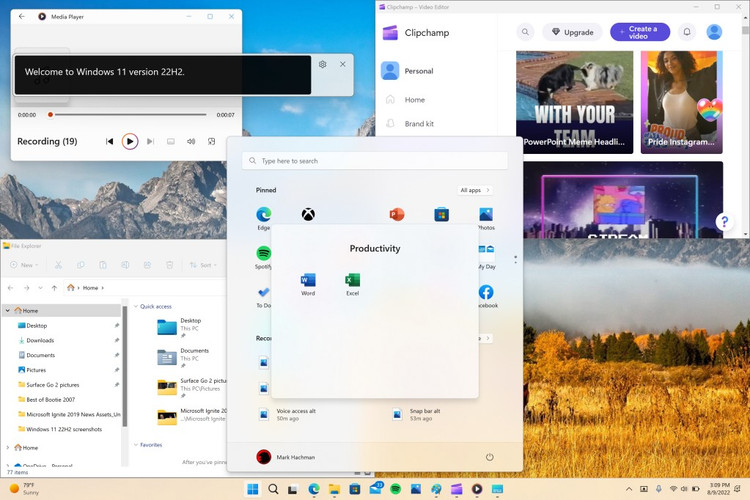
Windows 11 was released to the public on October 5, 2021, as a free upgrade via Windows Update for eligible Windows 10 devices. It has been controversial for its minimum system requirements, but with a slew of new hardware and AI-powered innovations, Microsoft is continuing to improve its operating system.
Source: https://khoahocdoisong.vn/bo-anh-nguoc-dong-thoi-gian-40-nam-tron-cua-he-dieu-hanh-windows-post2149070716.html










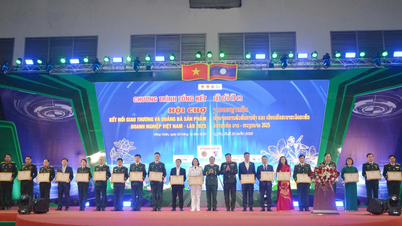










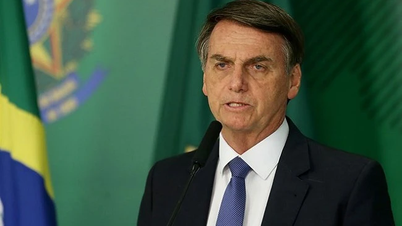











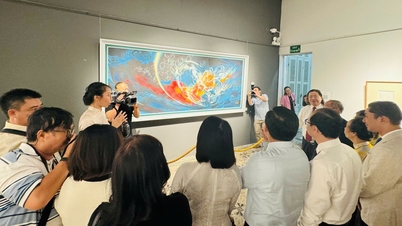














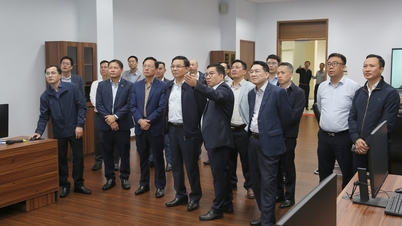












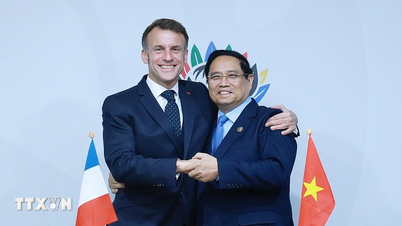





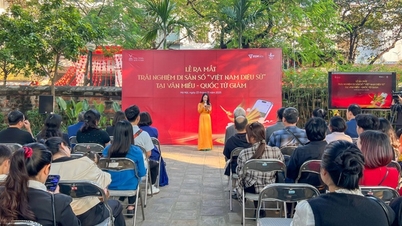





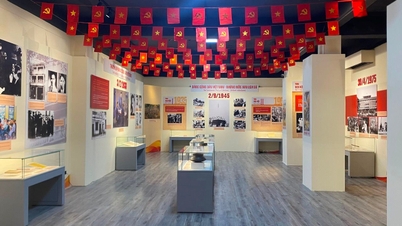

























Comment (0)